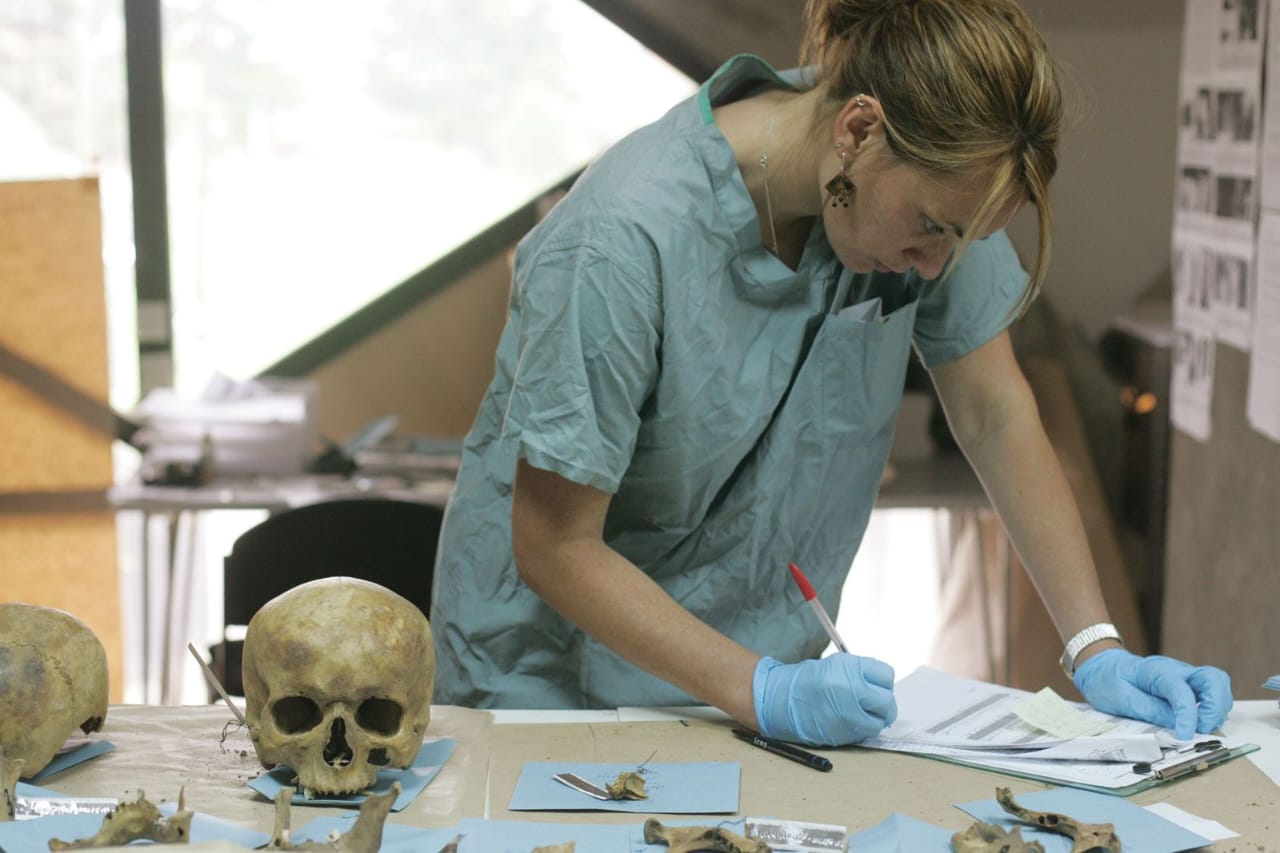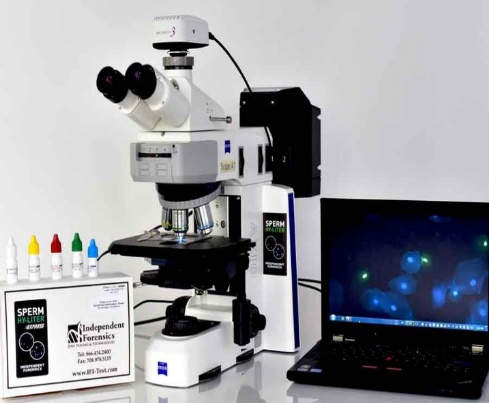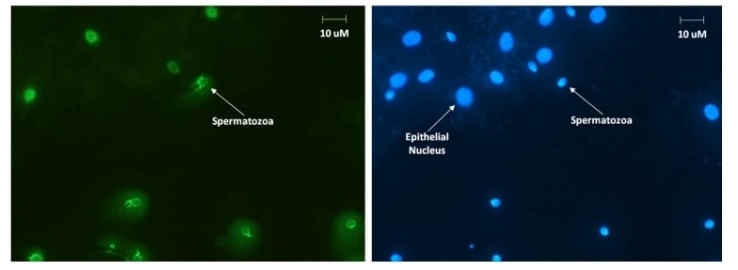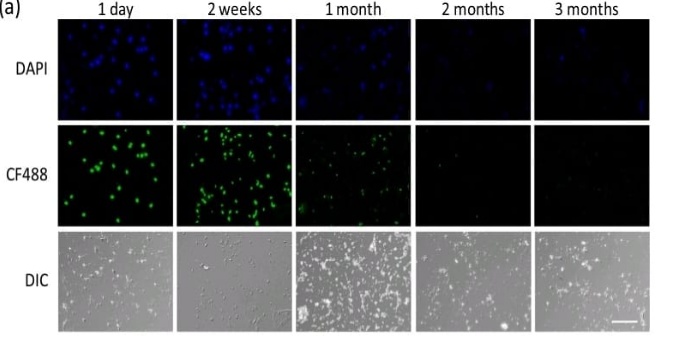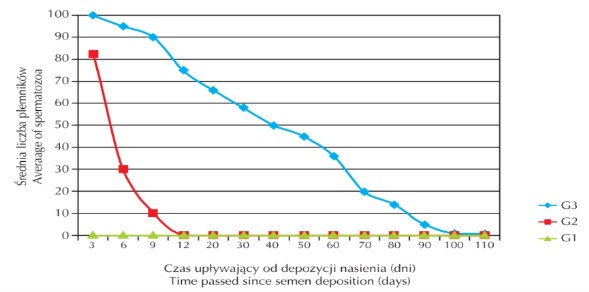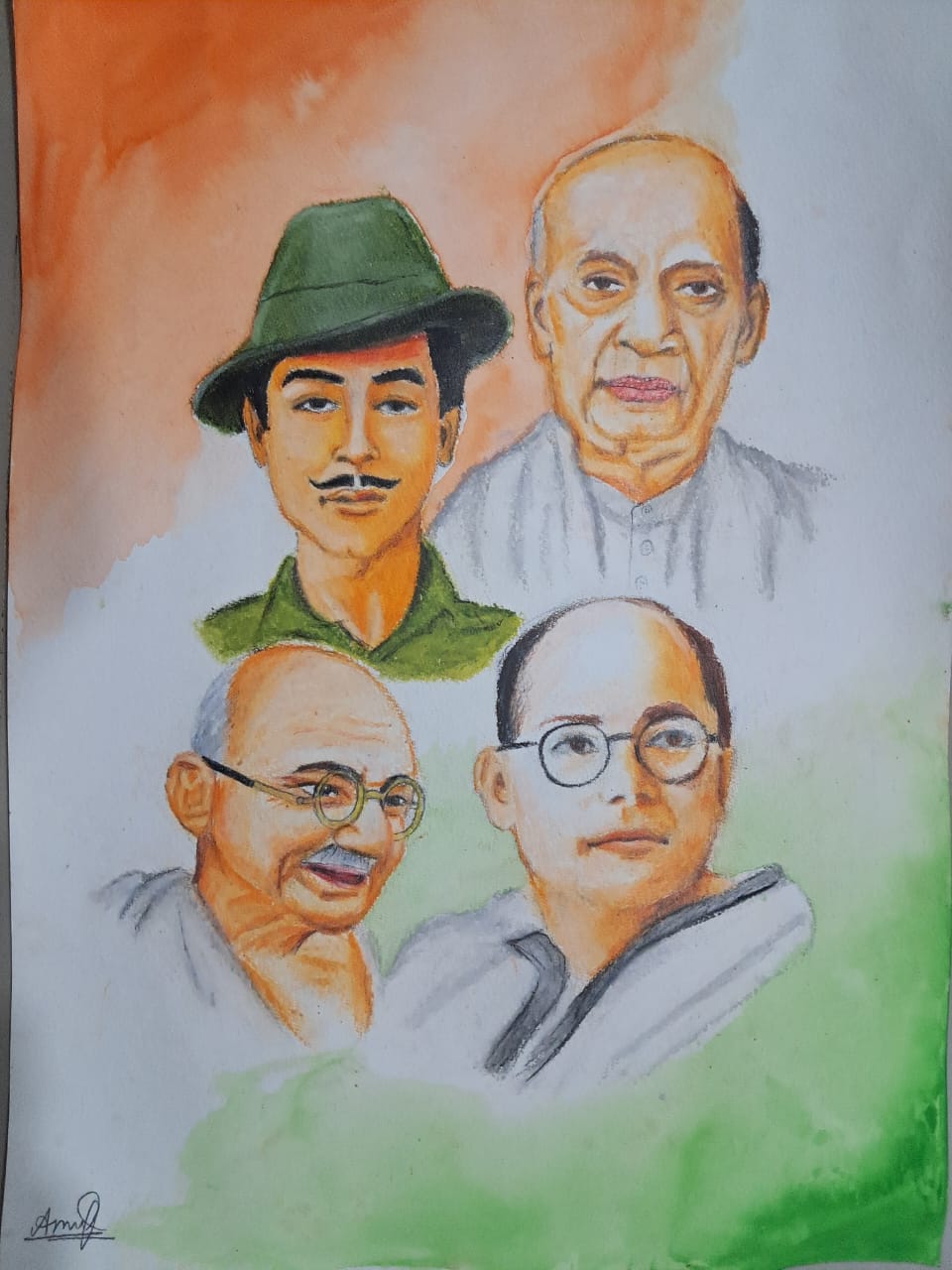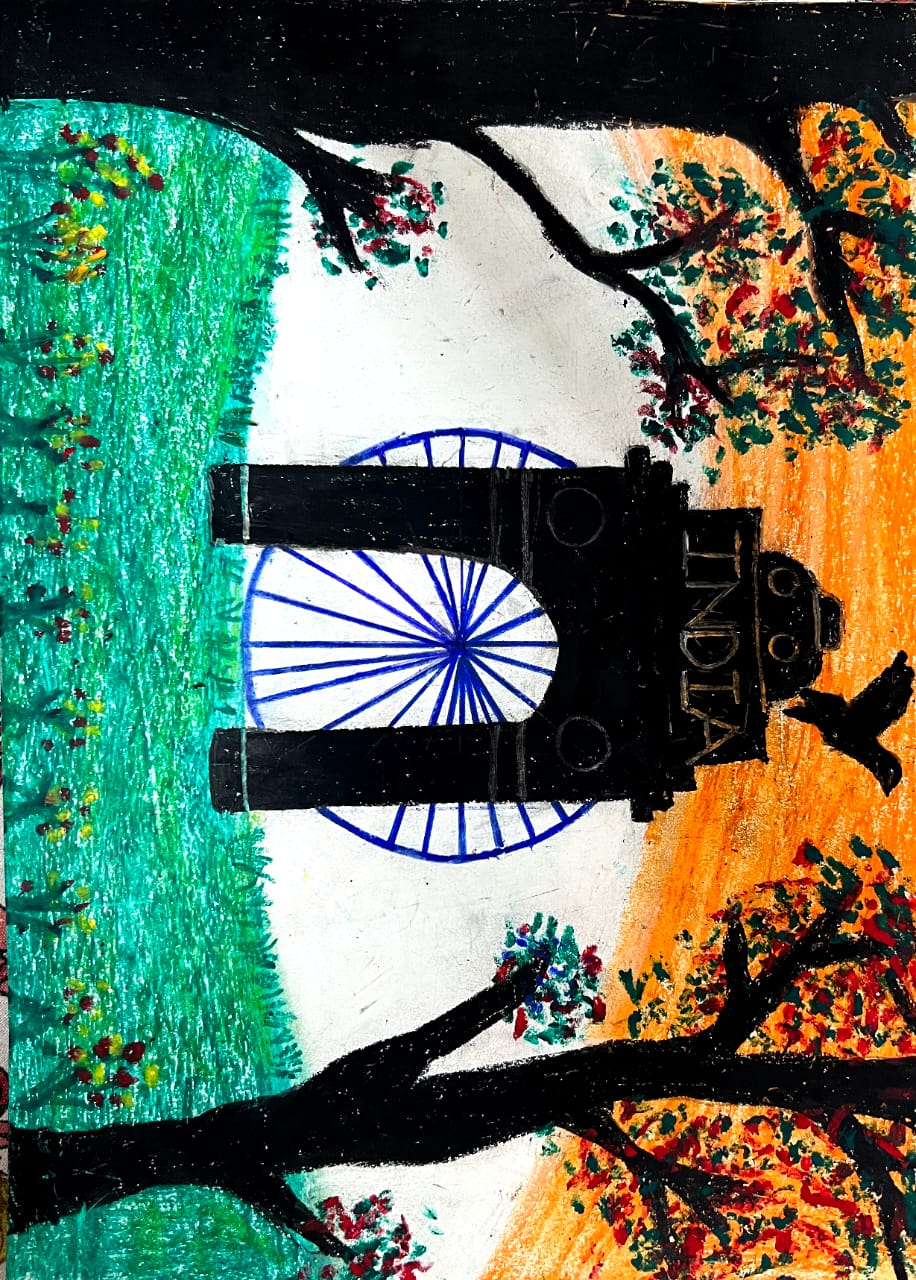Dr. Asma Nasrin R.S
Junior resident, Final year MD Forensic medicine and toxicology
Rajiv Gandhi medical college, Thane, Maharashtra
ABSTRACT
The disappearance of nine-week-old Azaria Chamberlain at Uluru, Australia turned into one of the most attention-grabbing case and legal proceedings in Australian history during 1980.
CASE BACKGROUND
On August 16th 1980, Lindy and Michael Chamberlain together with their three children including baby nine-weeks old baby Azaria travelled to Uluru (previously known as Ayers Rock) Northern Territory. They camped at the site which contained the rock base along with other guests. On 17th August 1980 evening the Chamberlains shared a public barbecue event with other campers at the site. During that evening, Azaria rested in her small baby bed inside the tent with her family. When Lindy went to see the baby in the tent, she observed the dingo walking out of their tent with a something in its jaws at this moment. She entered the tent anxiously to discover that Azaria was gone. The shouted terribly those world-famous words which alerted the campsite about her missing baby.-"A dingo’s got my baby!"
An emergency search operation began right away combining police forces with trackers along with park rangers and numerous volunteers. The blood-stained pieces of clothing such as jumpsuit and booties and singlet discovered near the dingo shelter at Uluru's base which were the most important evidence recovered. At the time of the initial search, the matinee jacket was missing that which Lindy claimed was on top of baby’s jumpsuit.
When the investigation first started the authorities agreed dingo attack as cause of death. Experts considered all dingo populations in the area to be wild animals since prior warnings had issued details on their behaviour. The case started losing credibility after afew forensic inspectors said that the damage to Azaria's clothing along with blood evidence in the Chamberlains' vehicle has no resemblance to dingo attack marks. The prosecution developed their theory around these findings to prove Lindy had killed Azaria while inside the tent and had created a false dingo defence story. The prosecution's theory was that, in a five- to ten-minute absence from the camp fire, Lindy returned to her tent, did whatever was necessary to stop her young son Aidan from following her, changed into tracksuit pants, took Azaria to her car, obtained and used scissors to cut Azaria's throat, waited for Azaria to die (options were carotid arteries or jugular – all experts said there was an absence of evidence of arterial bleeding on the jumpsuit blood stains and it would take up to 20 minutes if the death was from cutting the jugular). The media started building public doubt about Chamberlain by labelling her as a cold person with no apparent emotions. Many people wrongly read her religious beliefs together with a calm manner as signs that pointed to her guilt. The investigation became more difficult by the fact that no body was recovered and the scientific evidence seemed to create more questions than answers.
Lindy Chamberlain received murder charges during 1982 after the coronial inquest and widespread public pressure and Michael Chamberlain received accessory charges after the fact. The judicial process turned into a high-profile national event which both courtroom activities and a non-stop media breakout sustained. Law enforcement convicted Lindy to life imprisonment in October 1982 as Michael received a suspended sentence.
In 1986, a dramatic twist occurred. During the search for a British tourist in the same location authorities stumbled upon Azaria's missing jacket near a dingo den. The discovery of Azaria's matinee jacket proved to support exactly what Lindy had stated about the incident leading to serious case re-evaluation. Lindy’s immediate prison release triggered the formation of the Morling Inquiry which would assess all evidence in the case.
After initial procedures three successive inquests were conducted during the following years. A fourth and final coroner’s inquest held in 2012 established that a dingo was responsible for Azaria’s death which happened over 30 years earlier. The judicial process officially cleared both Lindy and Michael Chamberlain from any legal blame thus enabling them to have some peace after enduring a difficult period in Australian judicial history.
INITIAL FORENSIC INVESTIGATIONS
The role of forensic evidence became important throughout the investigation process from its very beginning. The jumpsuit worn by Azaria showed a bloodstained pattern close to neck. The damaged areas of the fabric which mainly targeted the neck region made investigators curious about possible attack by a sharp instrument. The forensic team began to believe that a person was behind the scene. The presence of blood in the case became a perfect opportunity for controversial serological testing.
SEROLOGICAL ANALYSIS AND FOETAL HAEMOGLOBIN
Crucial prosecution evidence showed that the Chamberlains’ vehicle contained foetal haemoglobin traces. Tests on haemoglobin revealed its presence only in infants and babies up to six months which seemed to establish a direct connection to Azaria. Scientists discovered multiple other substances such as milk formula and particular chemicals which produced foetal haemoglobin results during scientific tests. The accuracy of the first experiment results came into question along with doubts about real blood presence in the vehicle.
EXAMINATION OF CLOTHING DAMAGE
The jumpsuit that Azaria wore turned into an extensively examined forensic artifact. The initial examination team assumed the tear patterns on the garment exhibited characteristics like a set of scissors cuts. Later research conducted by experts specializing in animal predation determined that the harm could stem from the bite of a dingo. The shape of V-like tears along with elongated fibres proved that a dingo's carnassial teeth must have caused the damage since they excel at tearing flesh. The revised explanation of the evidence synchronized better with what Lindy had originally stated from the beginning.
BLOODSTAIN PATTERN ANALYSIS
Specialists examined the blood stains found on Azaria's clothing in order to determine plausibly how the events may have unfolded. An expert analysis showed that how the blood spread and the lack of major blood puddles inside the tent matched what would occur from a dog attack outside rather than an inside violent crime attack. Research findings proved the theory about dingo attacks while progressively undermining previous assumptions made by investigators.
REEVALUATION AND RELEASE
In 1986 the search team discovered Azaria’s matinee jacket close to a dingo den after Lindy maintained the baby wore it previously. The discovery of the missing matinee jacket near the dingo lair area made it harder to keep charges against Lindy and forced investigators to reevaluate all forensic evidence. A combination of the Morling Royal Commission and multiple inquests clearly demonstrated severe defects existed in scientific testing from the trial. Both Michael and Lindy Chamberlain won their full liberation which led to a historical change in Australian forensic practice.
THE ABOVE PHOTOGRAPH SHOWING A DINGO AND CAMPING SITE – ULURU, AUSTRALIA
THE ABOVE PHOTOGRAPH SHOWING SEARCH SCENE FOR MISSING AZARIA, LINDY CHAMBERLAIN AND NINE-WEEK-OLD DAUGHTER AZARIA CHAMBERLAIN
THE ABOVE PHOTOGRAPH SHOWING BLOOD-STAINED SINGLET CLOTHING OF AZARIA WITH STAIN AROUND NECK PORTION AND TRAIL SCENES OF LINDY CHAMBERLAIN
THE ABOVE PHOTOGRAPH SHOWING MATINEE JACKET OF AZARIA FOUND NEAR DINGO DEN AND NEWSPAPER CUTTINGS RELATED TO CASE.









